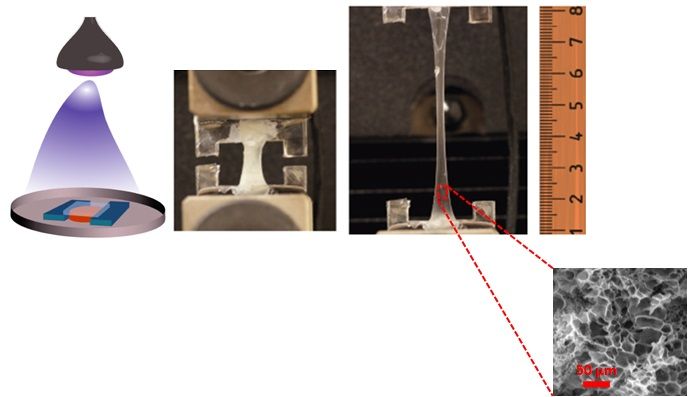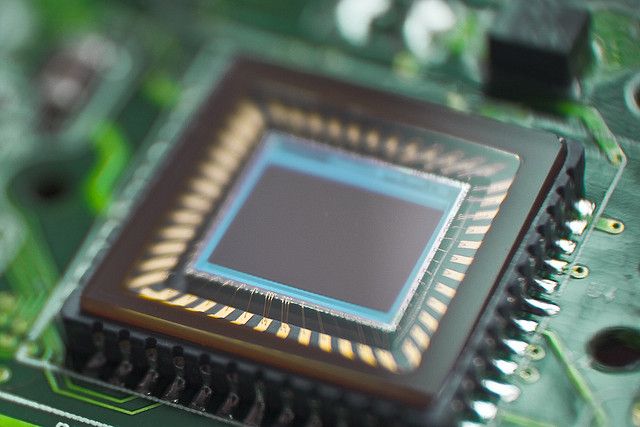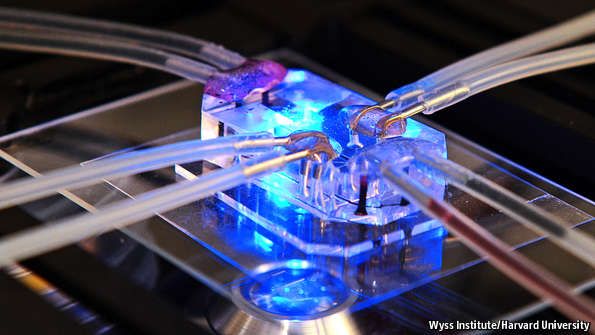Jul 13, 2015
Interconnected Rat Brains Create Organic Computer
Posted by Philip Raymond in categories: bioengineering, bionic, biotech/medical, computing, neuroscience
Scientists have been experimenting with brain-to-brain interfaces for years. Miguel Nicolelis, a neurobiologist at Duke University Medical Center, has created a “Brainet” or a network of interconnected brains with four rats. With electrodes implanted directly in the cortex rodents exchange information to create an organic computing device. Collectively, they were able to solve computational problems including image processing, storing and recalling information and even predicting precipitation.
Read the full story by Mona Lalwani at Engadget












